The present post summarizes a review that relates the last decade’s findings on the relationship between phenolics and polysaccharides from grapes, throughout the entire winemaking process up to evaluating the impact of their relationship on the red wine sensory perception. The combination and interconnection of the most recent research studies, from single interactions in model wines to the investigation of the formation of complex macromolecules, brings the perfect story line to relate the relationship between phenolics and polysaccharides from the vineyard to the glass. Grape pectin is highly reactive toward grape and grape derived phenolics. Differences between grape cultivars or changes during grape ripeness will affect the extractability of these compounds into the wines. Therefore, the nature of the grape components will be crucial to understand the subsequent reactions occurring between phenolics and polysaccharide of the corresponding wines. It has been demonstrated that they can form very complex macromolecules which affect wine color, stability and sensory properties.
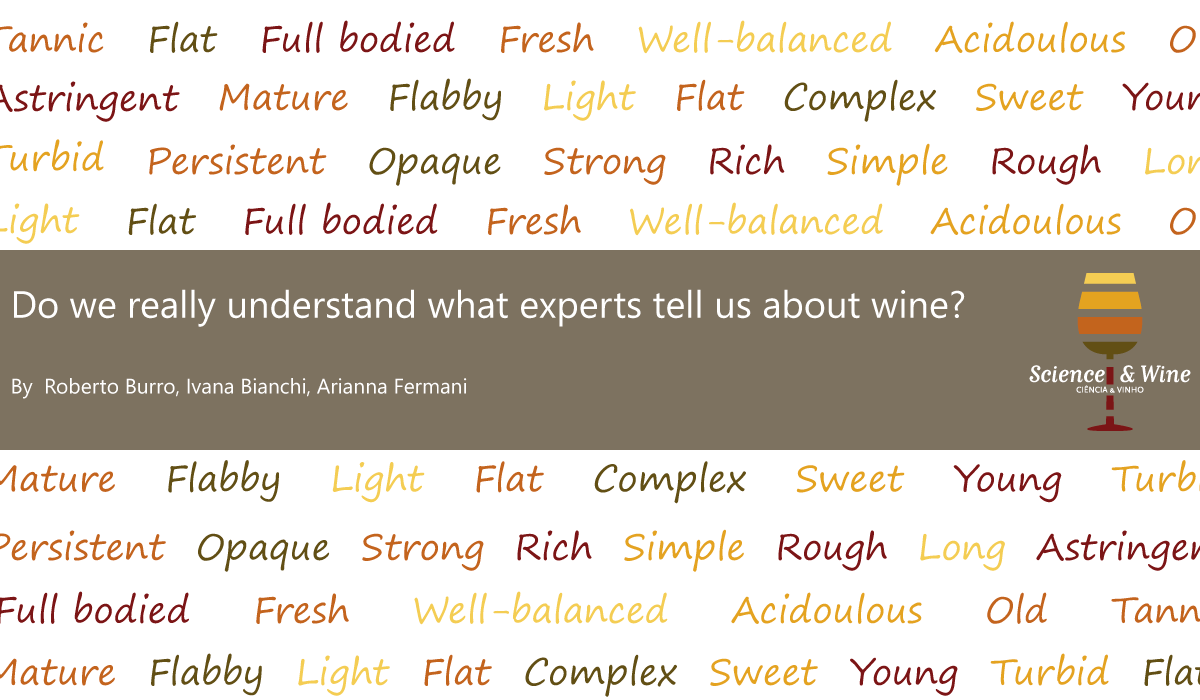
Do we really understand what experts tell us about wine?
Expert wine tasters have a greater ability than non-experts to discriminate between and evaluate the sensory properties of wine. In this study the authors explore non-experts’ understanding of a set of 64 terms which are frequently used as descriptors of the sensory properties of wine. The results reinforce the idea that when people describe wine or convey information, there is a serious risk of misunderstandings occurring when experts communicate with standard consumers. This indicates a necessity for wine industries to invest in research aimed at ensuring that experts (e.g. sommeliers, oenologists or producers) refer to the same basic sensory dimensions relating to wine as standard consumers. The present paper aimed to raise the question of whether the dimension referred to by experts (in the present case relating to a wine’s body or its acidity, for instance) matches the dimension that non-experts think of. This study has shown that modelling these dimensions in terms of opposite poles (which is typical of some tasting scales used by experts) also works quite well for standard consumers.

Understanding 21st Century Bordeaux Wines from Wine Reviews Using Naïve Bayes Classifier
Although wine has been produced for several thousands of years, the ancient beverage has remained popular and even more affordable in modern times. Among all wine making regions, Bordeaux, France is probably one of the most prestigious wine areas in history. Since hundreds of wines are produced from Bordeaux each year, humans are not likely to be able to examine all wines across multiple vintages to define the characteristics of outstanding 21st century Bordeaux wines. Wineinformatics is a newly proposed data science research with an application domain in wine to process a large amount of wine data through the computer. This post summarizes the results of a study carried out with the goal of this paper is to build a high-quality computational model on wine reviews processed by the full power of the Computational Wine Wheel to understand 21st century Bordeaux wines. The model build in this research can better distinguish outstanding and class 21st century Bordeaux wines. Results provides new directions in Wineinformatics for technical research in data science, such as regression, multi-target, classification and domain specific research, including wine region terroir analysis, wine quality prediction, and weather impact examination.

Drought impacts on key secondary metabolites: new insights from grape berries to wines
This post reports the results of a study aimed to explore the impact of water deficit on the concentration of key flavour and phenolic secondary metabolites of wines. It was observed that drought-induced compositional changes to the grapes were transferred to the wines, with an increase in polyphenols and volatile organic compounds. However, the timing and the duration of the water stress in the field only heavily impacted the final wine composition with major metabolic modification when the severe water deficit started early and lasted over the entire season until harvest. This study highlights the positive role of a controlled water deficit on the composition of the wines in terms of secondary metabolites
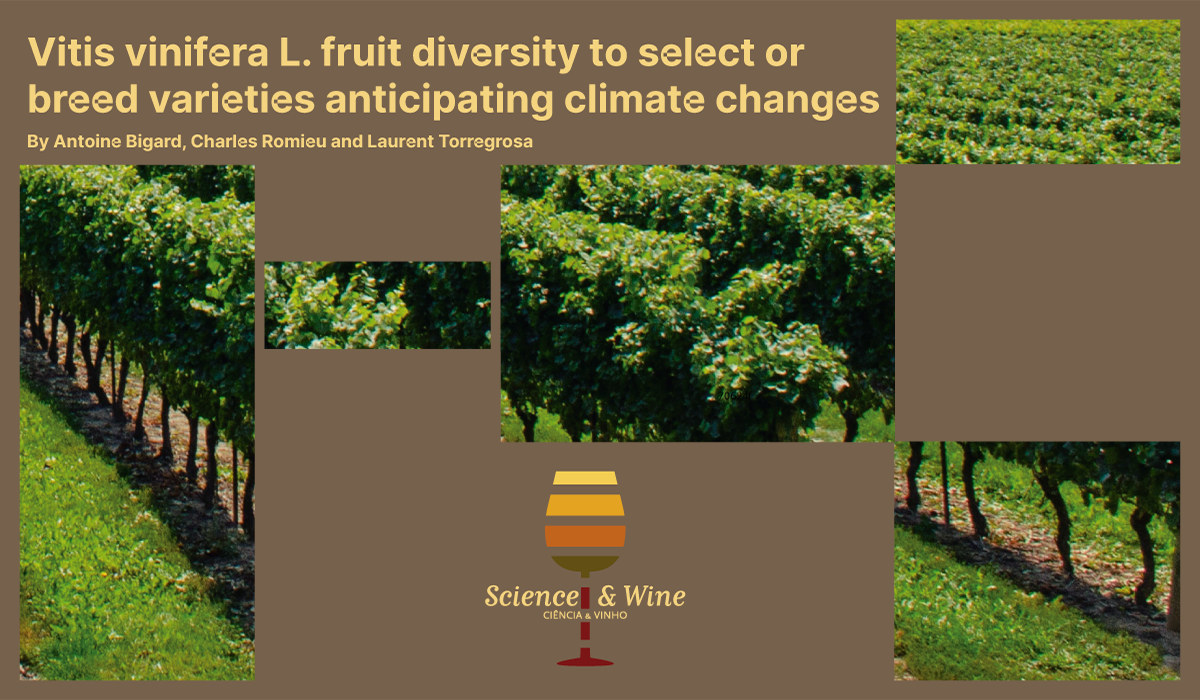
Vitis vinifera L. fruit diversity to select or breed varieties anticipating climate changes
The wine industry is facing critical issues due to climate changes since production is established on very tight Genotype × Environment interaction bases. While, some cultivation practices may reduce adverse effects of abiotic stresses on the vines, e.g., the use of irrigation to mitigate drought, the deleterious impacts of warming on fruit development are difficult to manage. Elevated temperature alters grapevine fruit growth and composition, with a critical increase of the sugars/organic acids ratio. Select grapes with improved metabolite balances to offset high temperature effects is a valuable option to sustain viticulture. Unfortunately, the lack of knowledge about the genetic diversity for fruit traits impacted by temperature impairs the design of breeding programs. This study aimed to assess the variation in berry volume, main sugars and organic acids amounts in genetic resources.
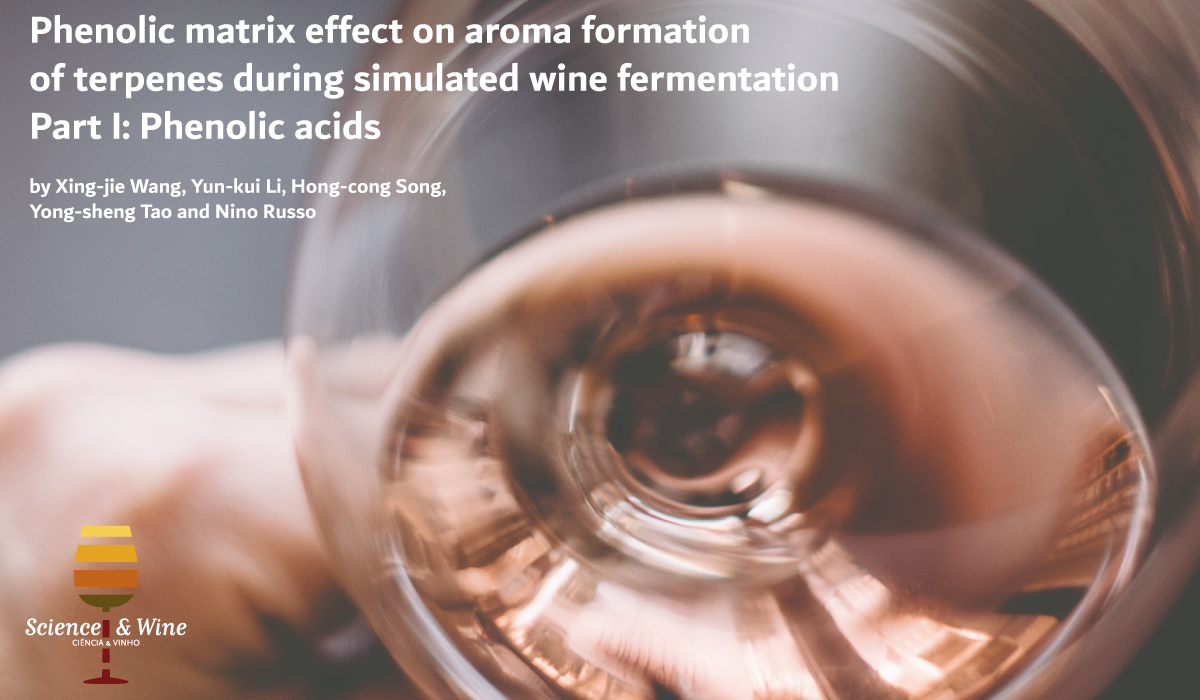
Phenolic matrix effect on aroma formation of terpenes during simulated wine fermentation – Part I: Phenolic acids
This post reports the results of study where fermentations were performed using simulated grape juice supplemented with terpene glycosides (TGs), extracted from Vitis vinifera L. Meili, and phenolic acids (gallic acid or p-coumaric acid). Free terpenes were detected using solid phase microextraction-gas chromatography-mass spectrometry (SPME-GC–MS) every day during the fermentation, and the aromas of final wines were evaluated by panelists. Results showed that phenolic acids remarkably inhibited TG hydrolysis and free terpene volatilization, and affected wine aroma perception. These findings indicate that the matrix effect of phenolic acids can effectively control the release and modulate the global feature of wine aromas. See all at: http://science-and-wine.com/

Polyphenols in Wine Authenticity
Polyphenols are a diverse group of compounds of utter importance to wine quality. Current understanding of the polyphenolic composition in wine is well elaborated, however, recent studies continuously report novel findings involving them. It is evident that synergistic approaches between emerging analytical platforms in combination with advanced multivariate data analysis will be considered the spearheads toward fraud detection and the provision of authentic wines.
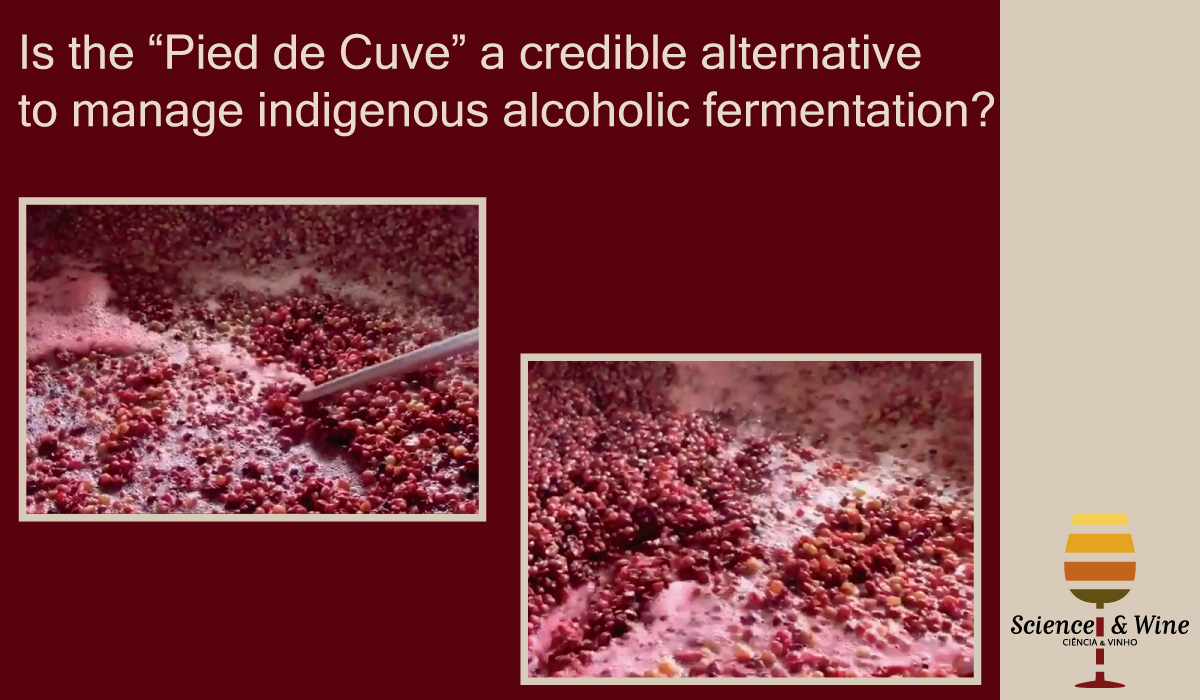
Is the “Pied de Cuve” a credible alternative to manage indigenous alcoholic fermentation?
Winemakers are increasingly keen to limit the use of commercial yeasts in order to reduce oenological inputs. The preparation of an indigenous winery-made fermentation starter from grapes called ‘pied de cuve’ (PdC) is becoming popular, especially in organic farming systems. However, the implementation of the PdC method is still empirical and knowledge is lacking regarding the impact of PdC on S. cerevisiae diversity during alcoholic fermentation. This post reports the results where the impact of PdC on S. cerevisiae genetic diversity and wine composition was evaluated at an industrial scale.
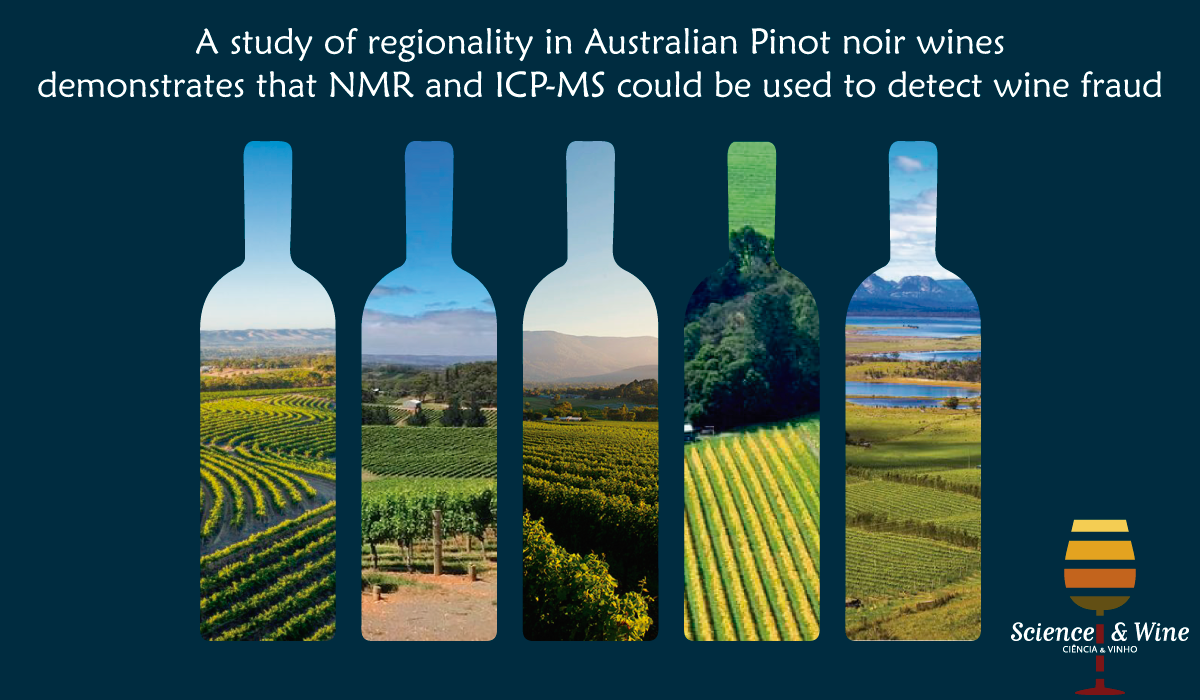
A study of regionality in Australian Pinot noir wines demonstrates that NMR and ICP-MS could be used to detect wine fraud
Wine quality and character are defined in part by the terroir in which the grapes are grown. Metabolomic techniques, such as nuclear magnetic resonance (NMR) spectroscopy and inductively coupled plasma mass spectrometry (ICP-MS), are used to characterise wines and to detect wine fraud in other countries but have not been extensively trialled in Australia. This post describes the results of a study where ICP-MS and NMR were used to characterise a selection of Pinot noir wines.


